Garcinia celebica L.
Table of Contents
Figure 1. The Seashore Mangosteen Garcinia celebica and its pink-red fruits (Source: Wikimedia Commons; NusHub, Crops for the Future).
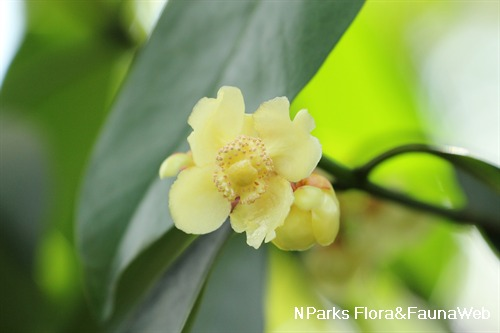
Figure 2. Cream-yellow flowers of Garcinia celebica (Source: NParks Flora & Fauna Web).
Seashore Mangosteen vs Mangosteen
The common name Seashore Mangosteen is derived from the fact that G. celebica is often found near the coast, and looks similar to the cultivated mangosteen G.mangostana [1]. What's interesting is that G. celebica is also often used as rootstock for mangosteen G. mangostana!
Growth Form
As both of them are in the genus Garcinia, they share similar growth forms, such as having a dense conical crown (see Diagnosis).
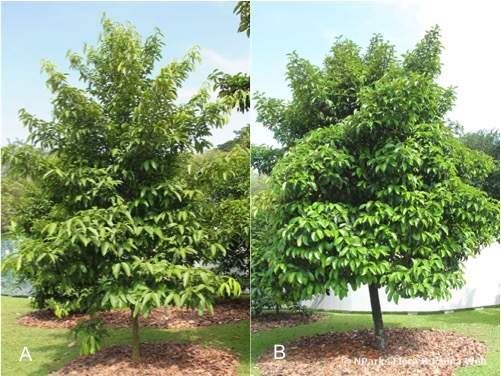
Figure 3. Dense conical crowns. (A) Seashore Mangosteen Garcinia celebica (Source: NParks Flora & Fauna Web). (B) Mangosteen G. mangostana (Source: NParks Flora & Fauna Web).
Fruits
Their fruits in particular are especially similar in morphology. However, G. celebica have pinkish-red fruits with yellow pulp, while G. mangostana have dark purple fruits with white pulp. Furthermore, even though both fruits are edible, those of G. celebica are sour, unlike the cultivated G. mangostana, which are sweet [1,2,3].
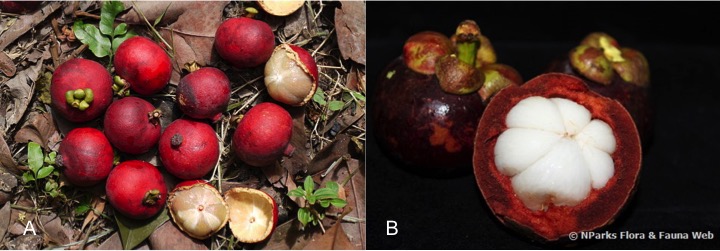
Figure 4. Fruits of Seashore Mangosteen and the Mangosteen. (A) Sour pinkish-red fruits of Seashore Mangosteen Garcinia celebica with yellowish pulp (Source: Wikimedia Commons; NusHub). (B) Sweet dark purple fruits of Mangosteen G. mangostana with white pulp (Source: NParks Flora & Fauna Web).
Flowers
On top of that, G. celebica has cream flowers while the Mangosteen G. mangostana has yellow-pink flowers [1,3].
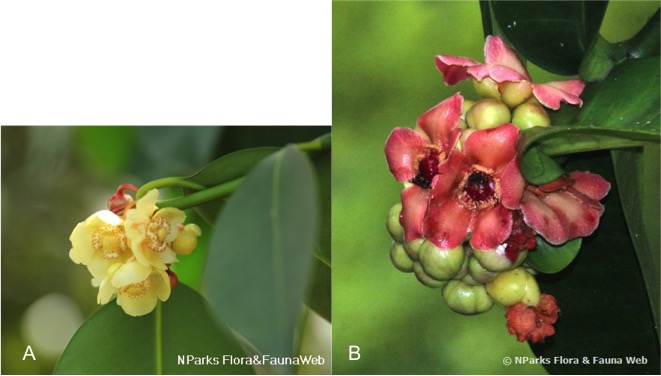
Figure 5. Flowers of Seashore Mangosteen and the Mangosteen. (A) Cream flowers of Seashore Mangosteen Garcinia celebica (Source: NParks Flora & Fauna Web). (B) Yellow-pink flowers of Mangosteen G. mangostana (Source: NParks Flora & Fauna Web).
Uses
Garcinia celebica is often used as rootstock for grafting of cultivated fruits, like the mangosteen G. mangostana, in India [1]. It is also sometimes planted for their fruits, which although edible, are a little sour [1,4]. Garcinia celebica is planted as an ornamental plant in Malaysia and Singapore as well, with its ornamental fruits and dense leafy crown making it suitable for landscaping in gardens, parks, and along the streets [4,5].
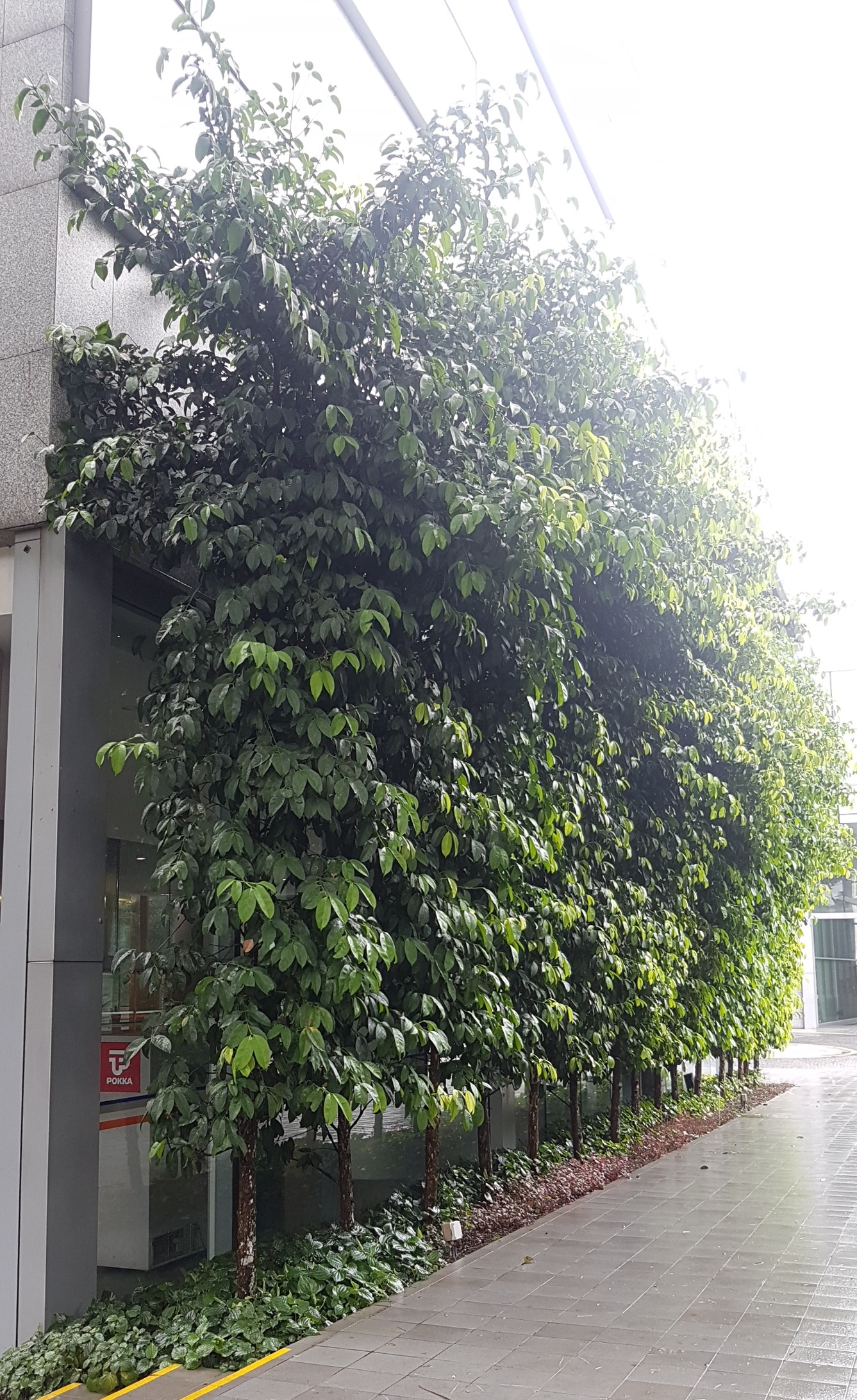
Figure 6. Garcinia celebica planted along the road as streetscape outside University Hall of National University of Singapore (Source: Tang Kai Yin).
In Malaysia, the roots and leaves of Garcinia celebica are traditionally used to treat itchiness, and as medicine for women after childbirth [1]. It also potentially has anti-HIV properties [4]. Recently, its leaf extract has been found to contain catechin, which has antimalarial properties, making G. celebica a potential antimalarial medicinal plant [6]. Its leaves have also been found to have antibacterial properties against Escherichia coli [7], as well as anticancer properties, inhibiting proliferation of human breast cancer cells [8].
Distribution
Global
Garcinia celebica is found in tropical coastal forests from the East India region to Southeast Asia and Papua New Guinea: East India, Bangladesh, Andaman and Nicobar Islands, Myanmar, Laos, Thailand, Vietnam, Cambodia, Malaysia, Singapore, Brunei, Philippines, Indonesia, Timor-Leste and Papua New Guinea [1,4,9,10]. It is the most widespread Garcinia species [4], and is also native to Singapore [5,10].
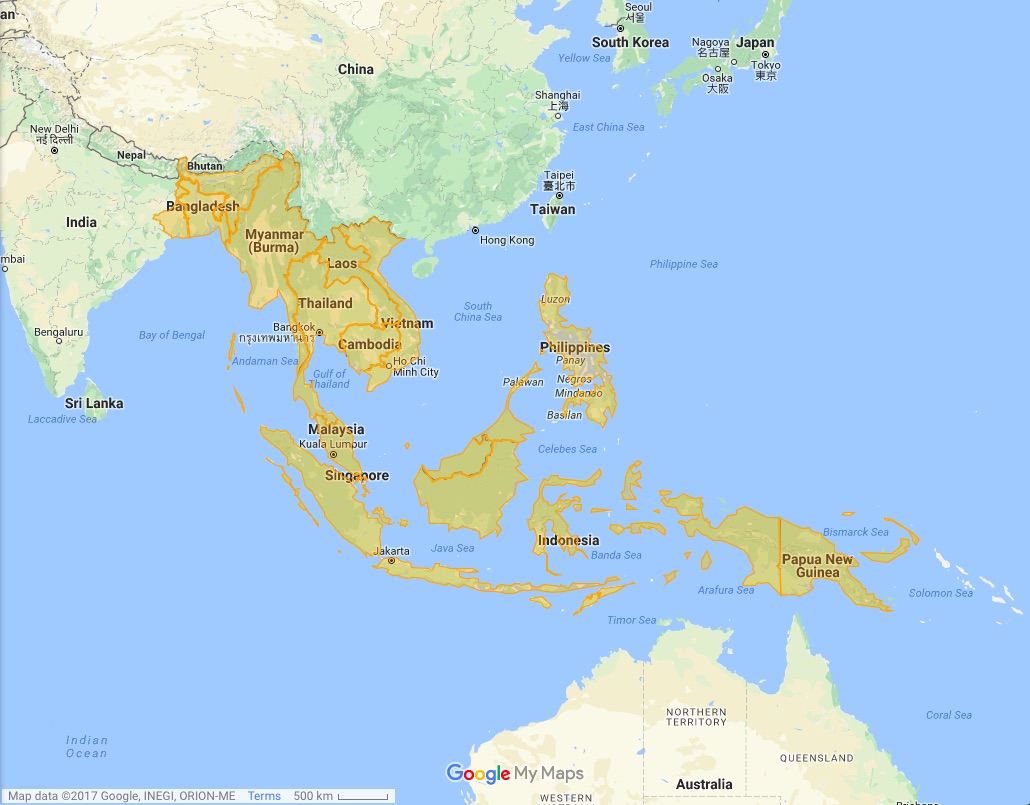
Figure 7. Distribution of Garcinia celebica from East India to Southeast Asia and Papua New Guinea (orange area) (Source: Google Maps, Edited by: Tang Kai Yin).
Local
In Singapore, G. celebica has been found along the coast, or in gardens, parks and along roadsides for landscaping [5]. However, its exact distribution is not known.
Garcinia celebica has been sighted to occur naturally in the remaining mangroves and coastal forests of our offshore islands, such as Chek Jawa in Pulau Ubin [11], Pulau Semakau [12], Lazarus Island [5], and Sentosa [13] (see also heritage tree under Conservation Status).
On the other hand, some individuals have also been planted in the nature reserve on Eco-Link@BKE [14], in parks like Punggol Point Park [15], and along the roads such as in National University of Singapore as streetscape (see Economic Uses).
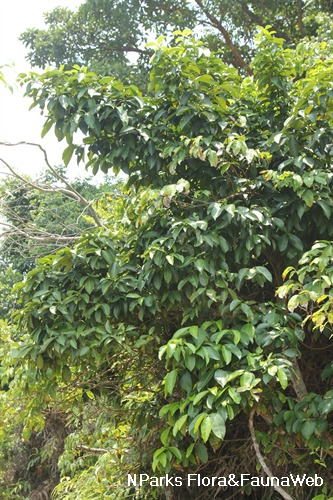
Figure 8. A Garcinia celebica individual found on Lazarus Island (Source: NParks Flora & Fauna Web)
Description
[1,2,4,5]Being widely distributed across tropical Asia, there is substantial morphological variation within the species.
Growth Form
Garcinia celebica is an evergreen small to medium tree that can grow up to 30 m in height. It has a dense and conical crown and dark to light brown bark that is fissured and flaky. The tree produces latex that may be white, cream or yellow. Garcinia celebica branches monopodially, having a single main trunk with terminal bud at the apex growing upwards, and branches growing out laterally. Petioles, or leafstalks, are present, while stipules are absent.
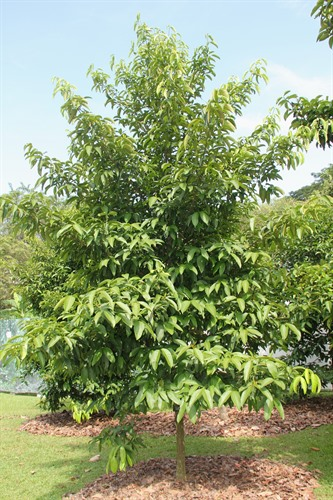 Figure 9. Dense and conical crown of Garcinia celebica (Source: NParks Flora & Fauna Web). |
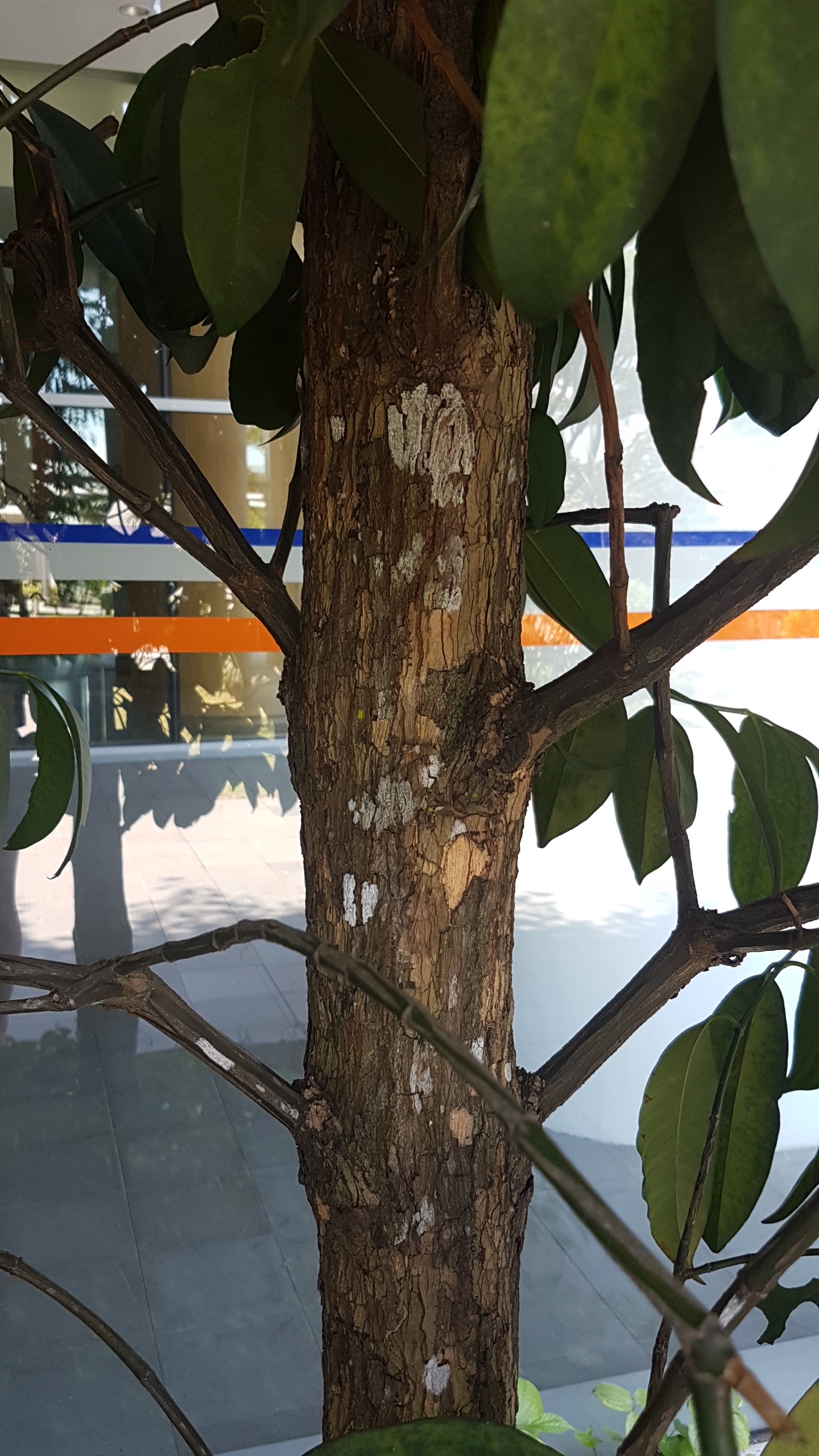 Figure 10. Fissured and flaky bark, and monopodial branching of Garcinia celebica (Source: Tang Kai Yin). |
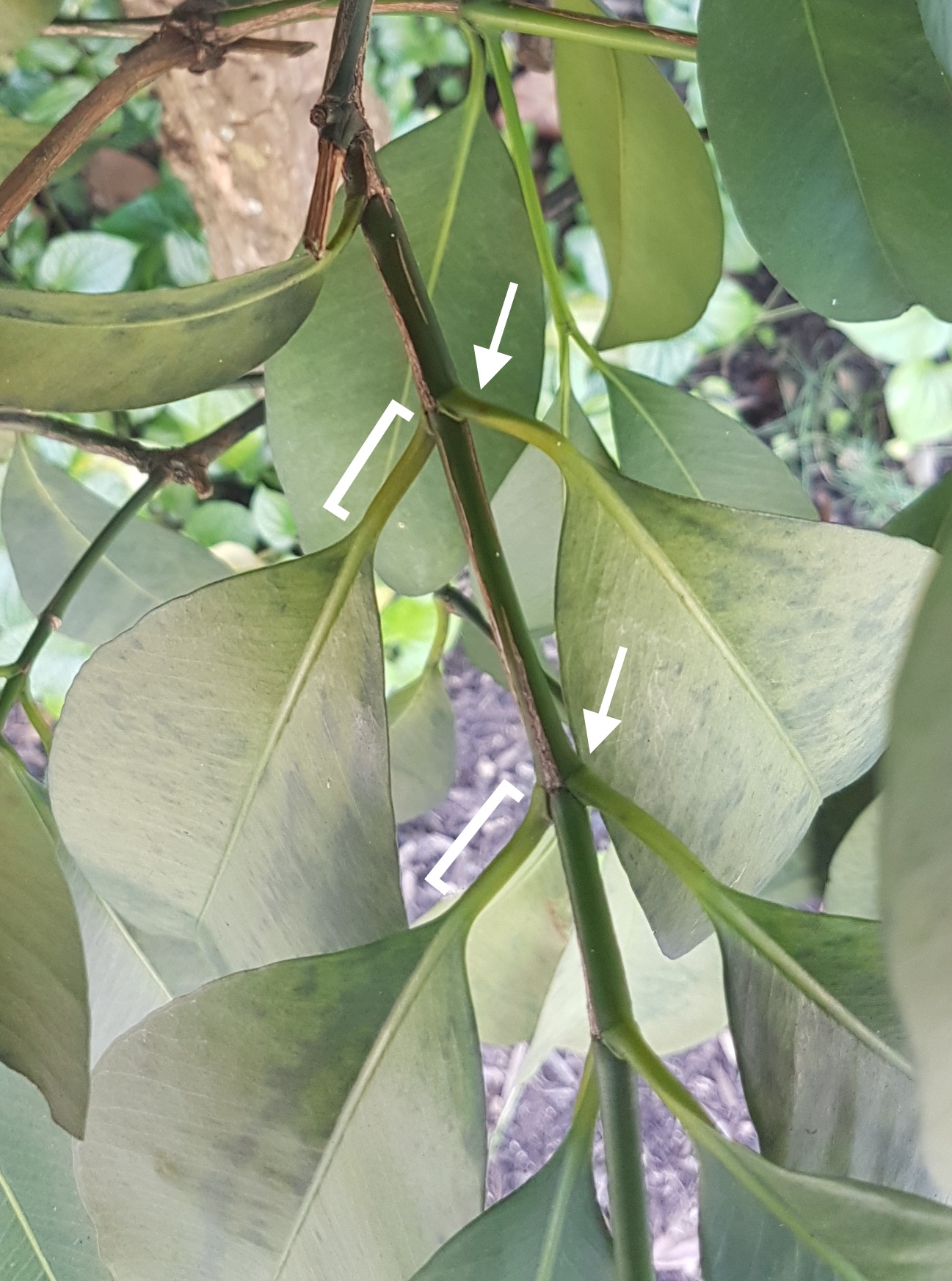
Figure 11. Presence of petioles, or leafstalks (white bars), and absence of stipules (white arrows) in Garcinia celebica (Source: Tang Kai Yin).
Leaves
Leaves are leathery and may range from light to dark green, with underside of the leaves lighter than the top. The simple opposite leaves are elliptic to oval or lanceolate in shape, with an entire margin. Leaf base is cuneate to obtuse or acute, while apex is acute to acuminate, with drip tips present. Venation is pinnate, with visible to faint secondary veins branching off from a main central vein, which is the midrib. Midrib is raised on both upper and lower surface of the leaf. Glandular lines are visible on the lower surface of the leaf as closely arranged wavy brown to pale green lines angled at around 45 degrees from the midrib.
 Figure 12. Simple opposite leaves of Garcinia celebica (Source: Tang Kai Yin). |
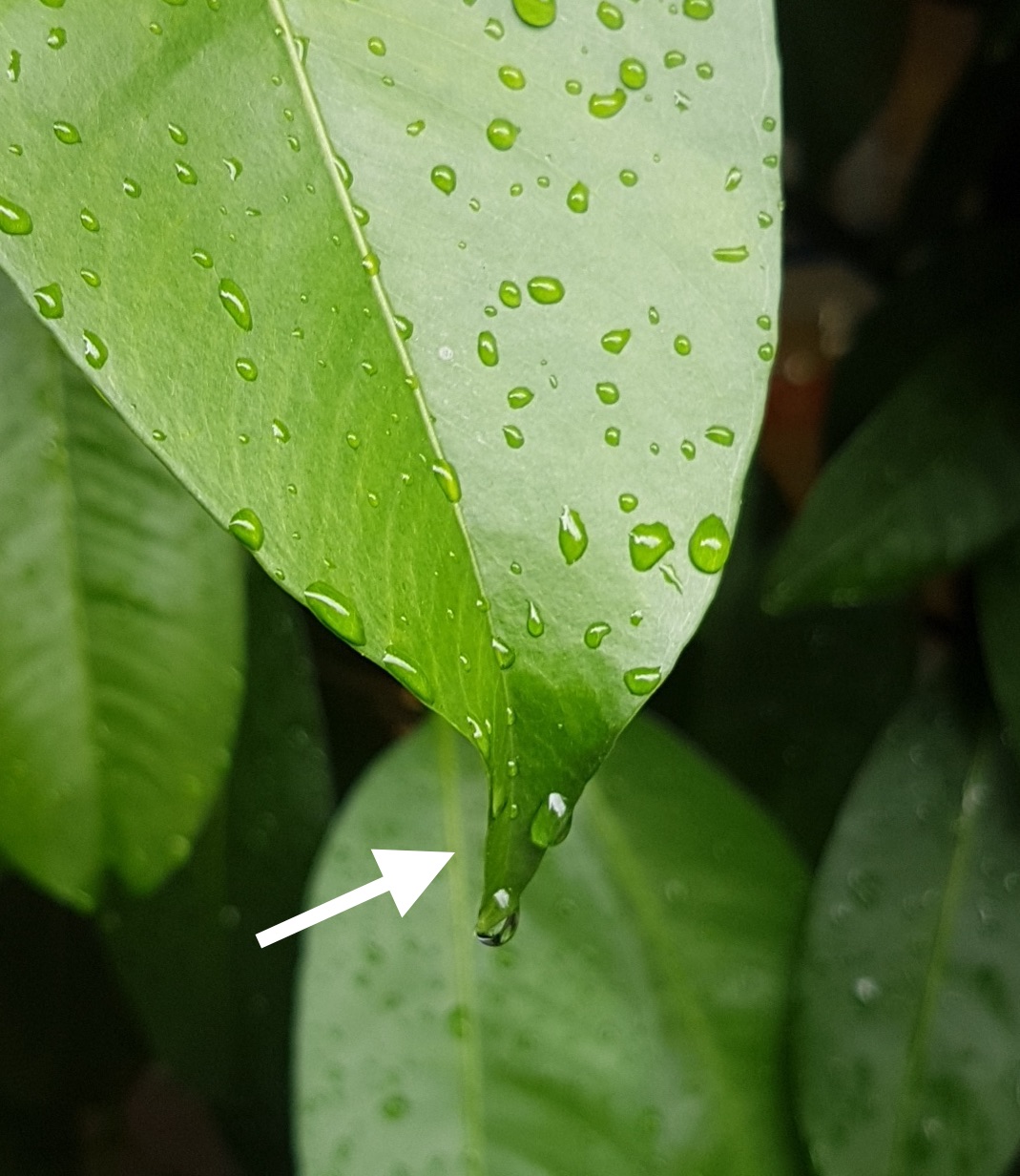 Figure 13. Leathery leaves of Garcinia celebica with drip tips (white arrow) and raised midrib (Source: Tang Kai Yin). |
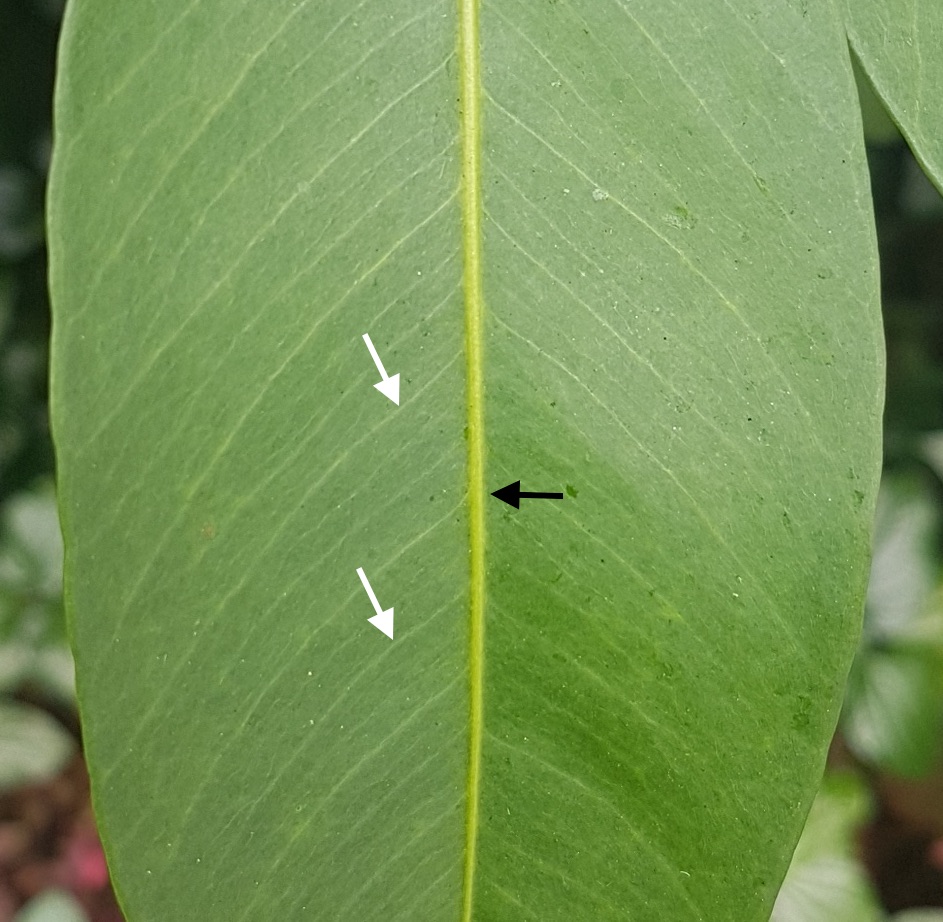 Figure 14. Pinnate venation of Garcinia celebica, with faint secondary veins (white arrows) branching off from a single main vein that is the midrib (black arrow) (Source: Tang Kai Yin). |
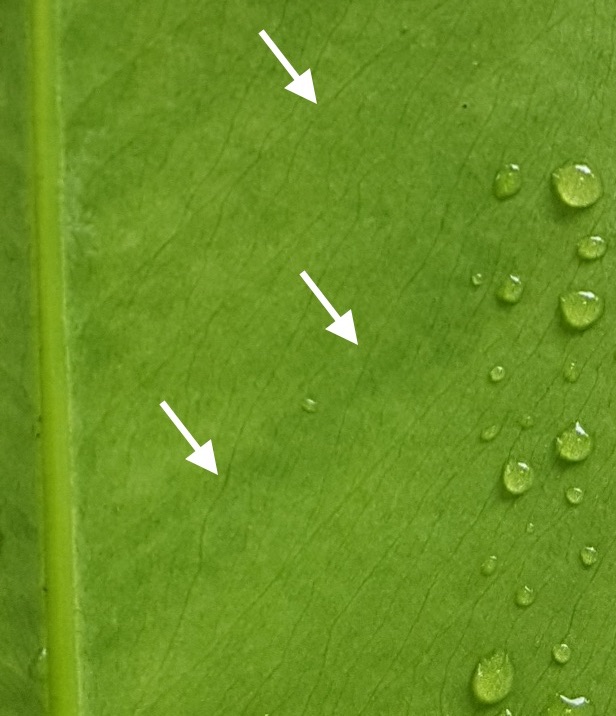 Figure 15. Raised mid rib and visible glandular lines (white arrows), on the lower surface of the leaf of Garcinia celebica (Source: Tang Kai Yin). |
Flowers
Garcinia celebica has male and female flowers on separate individuals (dioecious). Male flowers usually occur in clusters of 2 to 18, while female flowers are mostly solitary, sometimes in clusters of 2 to 3. Flowers are small, with four petals that are off-white to cream-yellow. Sepals are present. Inflorescences are terminal, arranged in a simple cyme.
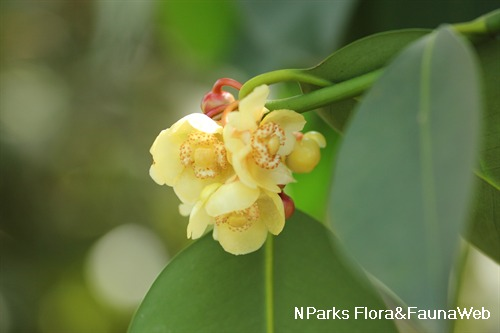
Figure 16. A cluster of male flowers of Garcinia celebica with four cream-yellow petals (Source: NParks Flora & Fauna Web).
Fruit
Fruits are simple and fleshy, turning green to pinkish-red when mature. They are round, with a usually smooth skin, and may grow up to 5cm. They also smell like apple, with an interior similar to the Mangosteen G. mangostana but having yellowish pulp that tastes sour (see Seashore Mangosteen vs Mangosteen).
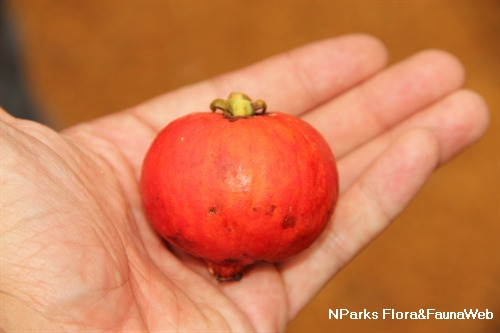 Figure 17. Round, pinkish-red fruit of Garcinia celebica with smooth skin (Source: NParks Flora & Fauna Web). |
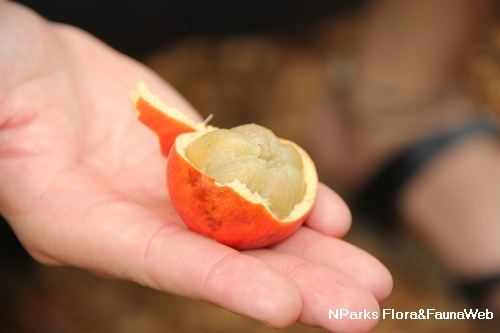 Figure 18. Yellowish pulp of the fleshy Garcinia celebica fruit (Source: NParks Flora & Fauna Web). |
Diagnosis
Garcinia Genus
Monopodial branching and dense, conical crown may first identify species in the Garcinia genus, including G. celebica. Opposite leaf arrangement may further distinguish them from other families common in the tropics that have the same growth form, such as Annonaceae and Myristicaceae [8].
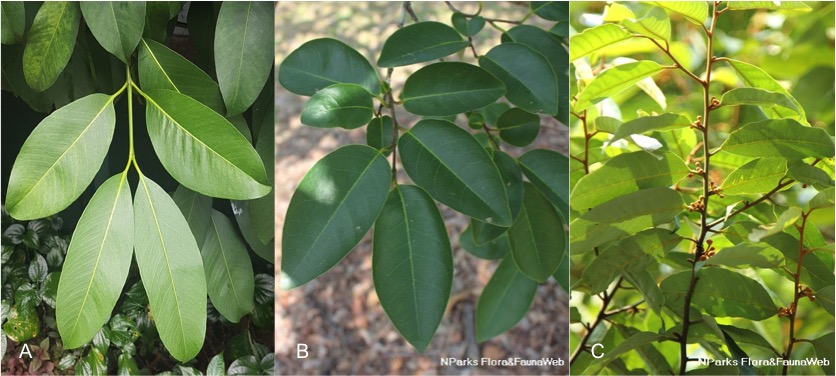
Figure 19. Leaf arrangement comparison between Garcinia celebica and other families found in the tropics. (A) Opposite leaves of Garcinia celebica (Clusiaceae) (Source: Tang Kai Yin). (B) Alternate leaves of Alligator Apple Annona glabra (Annonaceae) (Source: NParks Flora & Fauna Web). (C) Alternate leaves of Seashore Nutmeg Knema globularia (Myristicaceae) (Source: NParks Flora & Fauna Web).
Garcinia celebica
To distinguish Garcinia celebica from other Garcinia species, multiple characteristics have to be considered; particularly features of the male flower and shape of stigma. Garcinia celebica has “distinctly 4-lobed stamens usually open when mature... stamen bundle is attached at the base of the pistillode above the petals and the lobes are always arranged opposite the petals” [4]. It also has a fungiform cap-shaped stigma [8].
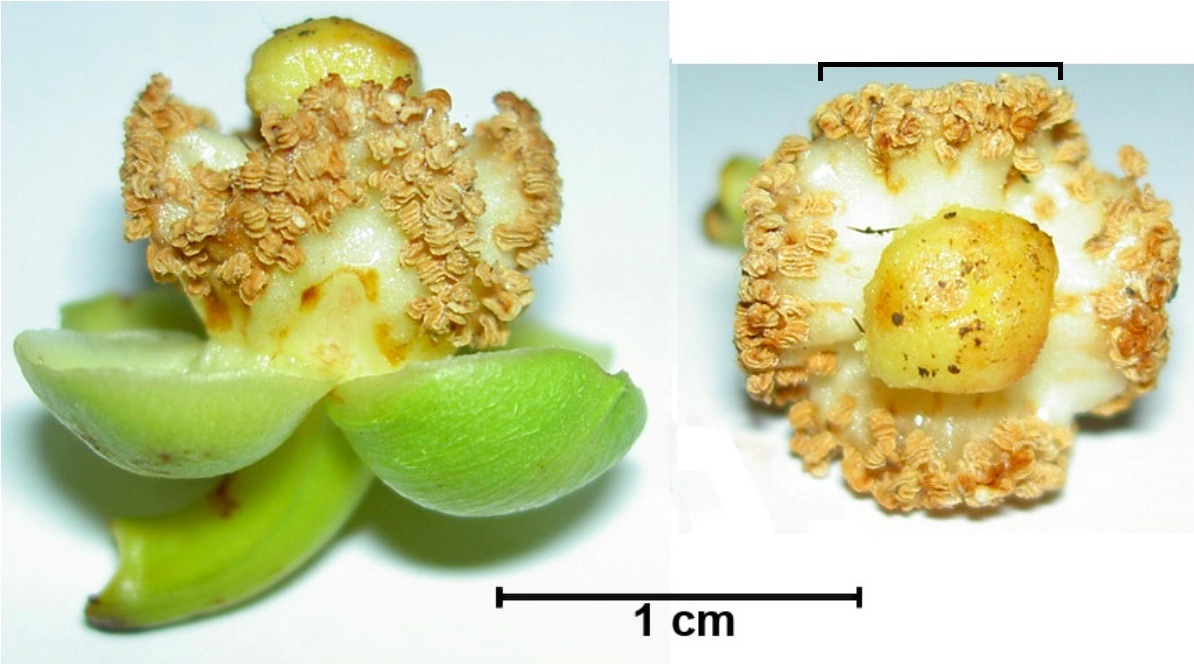
Figure 20. Mature male flower of Garcinia celebica showing stamen bundle attached at the base of the pistillode and distinct 4-lobed stamens (one of the lobes is labelled with a black bar) (Source: Nazre, 2006 [4], Edited by: Tang Kai Yin).
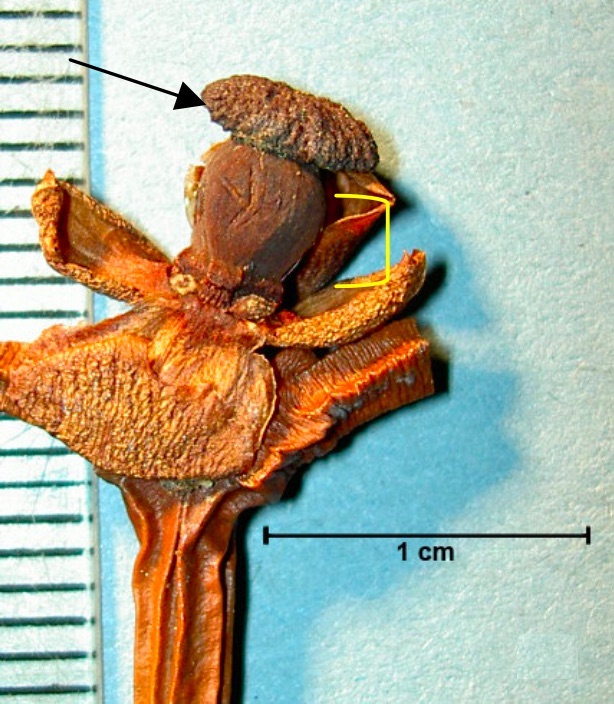
Figure 21. Fungiform cap-shaped stigma (black arrow) in female flower of Garcinia celebica (Source:Nazre, 2006 [4]).
Biology and Ecology
Habitat
Garcinia celebica is present mostly in coastal forest, near sandy and rocky shores [4,5]. However, it has also been found across different altitudes from lowland to montane forest, further inland, and even on limestone [1,4]. Although often used as an ornamental plant for streetscape, G. celebica are shade tolerant and are more often found in forest interior or in the shade naturally [4].
Reproduction
As in most dioecious plants, male flowers last longer than female flowers, and male inflorescences contain more flowers than female ones. These are thought to maximise chances for sexual pollination [4], as the lengthened flowering period in male flowers increases chances of synchrony with female flowers [16], and the more numerous flowers increases attractiveness to pollinators [17].
Garcinia celebica is likely pollinated by insects [5], with bees of the genus Trigona observed to be attracted to its nectar and pollen [4]. Fruits are likely dispersed by primates and small mammals, such as tree shrews. However, its bright red colouration may attract large birds like the hornbill as well [4,5].
Garcinia celebica exhibit facultative agamospermy, where seeds may be produced asexually without fertilisation [18].
Ecological Associations
Its dense leafy crown may provide roosting spots for animals like the Lesser Dog-faced Fruit Bat Cynopterus brachyotis.
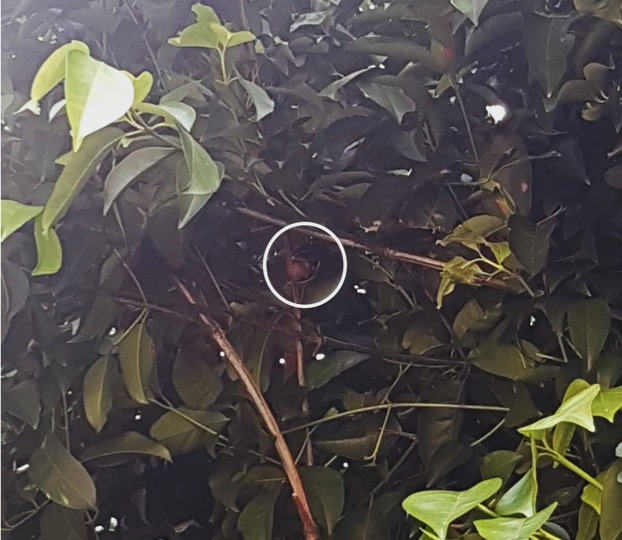
Figure 22. A Lesser Dog-faced Fruit Bat Cynopterus brachyotis (in white circle) found roosting in Garcinia celebica outside University Hall of National University of Singapore (Source: Tang Kai Yin).
Conservation Status
International
Garcinia celebica has yet to be assessed by the IUCN Red List. Although one of its synonyms G. kingii has been ranked as endangered in the IUCN Red List, this is unreliable as it is based on little data, with range of the species restricted to the Andaman Islands in India [19]. Hence there is a need to reassess its conservation status, especially given its potential medicinal uses.
Local
On the other hand, G. celebica has been ranked as endangered in Singapore under the synonym G. hombroniana, according to the Singapore Red Data Book [5,12]. This means that it is “in danger of immediate extinction, and survival unlikely if factors causing the decline of the species is not reduced or eliminated” [12], which could be due to rapid development of our coastline.
As a result, G. celebica is a rather iconic species in seashore conservation, and has been planted on nature trails and in parks on special events [15,16]. A 15m tall individual at Sentosa, Singapore, has also been listed as a heritage tree for its exceptional size, and is estimated to be at least 40 years old [2].
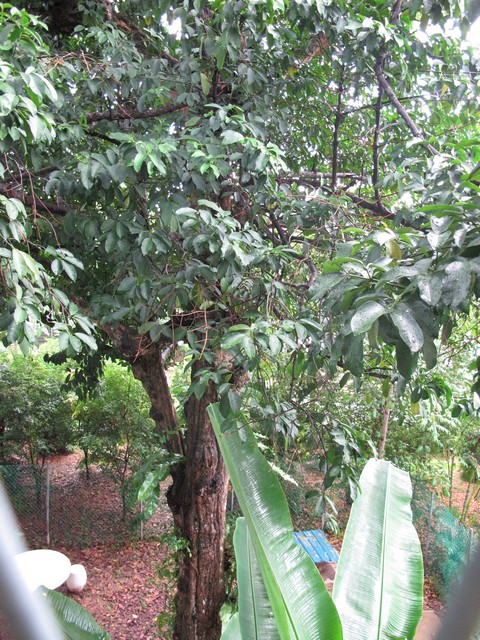
Figure 23. Garcinia celebica heritage tree of 15m height and 3.2m girth, near the former Maritime Museum in Sentosa, Singapore (now a restricted area) (Source: NParks).
Scientific Classification
Kingdom: Plantae
Phylum: Tracheophyta
Class: Magnoliopsida
Order: Malpighiales
Family: Clusiaceae (Guttiferae)
Genus: Garcinia
Species: Garcinia celebica L.
Nomenclature
Valid Description
The valid description of Garcinia celebica by Nazre [1]:
"A medium sized tree to 30 m tall. Bole fluted, sometimes with steep buttresses dark brown to pale grey-brown, fissured and flaking to expose cream bark; inner bark pink and produced latex of white, cream or yellow in colour. Twigs slightly angled or 4-angled, drying brownish or reddish brown. Leaves: petiole stout, dark brown or yellowish to greenish, especially in newly collected specimens, 7–23 mm long; lamina variable in shape and size, from elliptic or broadly elliptic to lanceolate, sub-orbiculate or round, 3.3–17.5 x 1.7–11.0 cm, leathery, pale brown or reddish brown when dry but rather greenish in new specimens, usually paler below; apex acute, acute- acuminate, shortly acuminate or blunt; base cuneate to slightly decurrent, obtuse or acute; margin entire, weakly and finely revolute; midrib weakly or strongly raised above, raised and slightly pointed below; secondary veins visible or faint on both sides, slightly raised; tertiary veins conspicuous, reticulate; glands visible on the under surface as fine, black, pale green or brown, closely arranged, c. 0.5–0.8 mm apart, wavy, lines running about 45 degrees from the midrib towards the margin.
Inflorescences: terminal; males in clusters of 2–18 flowers of different sizes, pedicel slender or stout, angular, to 2.0 cm long, female flowers usually solitary or sometimes in pairs or triads; sepals and petals four; bracts triangular, to 1.7 cm long. Male flowers sometimes fragrant, pedicel slender to stout, four angled, variable in size to 25 mm across when open; sepals green to yellowish green, concave, ovate, leathery, usually thicker than petals, 5–8 x 6–7 mm; petals cream to yellowish, oblong, ovate or obovate-elliptic, thinly papery or leathery, 4.3–5 x 9–10 mm; stamens in four lobed bundles, opposite petals; anthers 2-thecous, nearly sessile; pistillode dark blackish, fungiform, stipe short to 3 mm long or sometimes nearly sessile. Female flower solitary, 10–12 x 12–15 mm across; sepals ovate, concave, thickly to thinly leathery, 5–9 x 4–6 mm, brown; petals green yellowish, obovate or broadly elliptic, thinly coriaceous; staminodes absent; ovary sub-globose or flask-shaped, locules 4–6; stigma discoid or weakly concave, to 5 mm wide. Fruits ovoid to ellipsoid or globose, sometimes shiny, smooth or occasionally wrinkled, green but reddish when mature, pale cream brown or brown to reddish brown when dry, variable in size, to 5.0 cm across; stigma usually raised to 8.0 mm, surface concave or weakly convex, smooth or wavy and corrugated, margin minutely 4–8 lobed; calyx persistent, concave and leathery; seeds 4–6 with a white aril."
Names
Scientific: Garcinia celebica L.
Common: Seashore Mangosteen, Beruas, Manggis Huan, Minjok [5]
Synonyms [9,21]:
| Brindonia celebica |
(L.) Thou. |
|||
| Discostigma febrile |
Miq. |
|||
| Garcinia affinis |
Wall. ex Pierre |
[Illegitimate] |
||
| Garcinia basacensis |
Pierre |
|||
| Garcinia benthamii |
Pierre |
|||
| Garcinia broewas |
Hort. ex Boerl. |
|||
| Garcinia cornea |
L. |
|||
| Garcinia fabrilis |
Miq. |
|||
| Garcinia ferrea |
Pierre |
|||
| Garcinia hombroniana |
Pierre |
|||
| Garcinia jawoera |
Pierre |
|||
| Garcinia kingii |
Pierre ex Vesque |
|||
| Garcinia krawang |
Pierre |
|||
| Garcinia kurzii |
Pierre |
|||
| Garcinia massoniana |
Klotzsch ex Planch. & Triana |
|||
| Garcinia porrecta |
Wall. ex Vesque |
[Illegitimate] |
||
| Garcinia rumphii |
Pierre |
|||
| Garcinia sintang |
Hort. ex Boerl. |
|||
| Garcinia speciosa |
Wall. |
|||
| Oxycarpus celebica |
(L.) Poir. |
|||
| Stalagmitis celebica |
(L.) G.Don |
Why the Name?
Genus name Garcinia: in memory of Laurent Garcin (1963-1751), a French botanist [1].
Species epithet celebica: refers to the Celebes island in Indonesia, now known as Sulawesi, from which the type specimen was likely collected from [1,22].
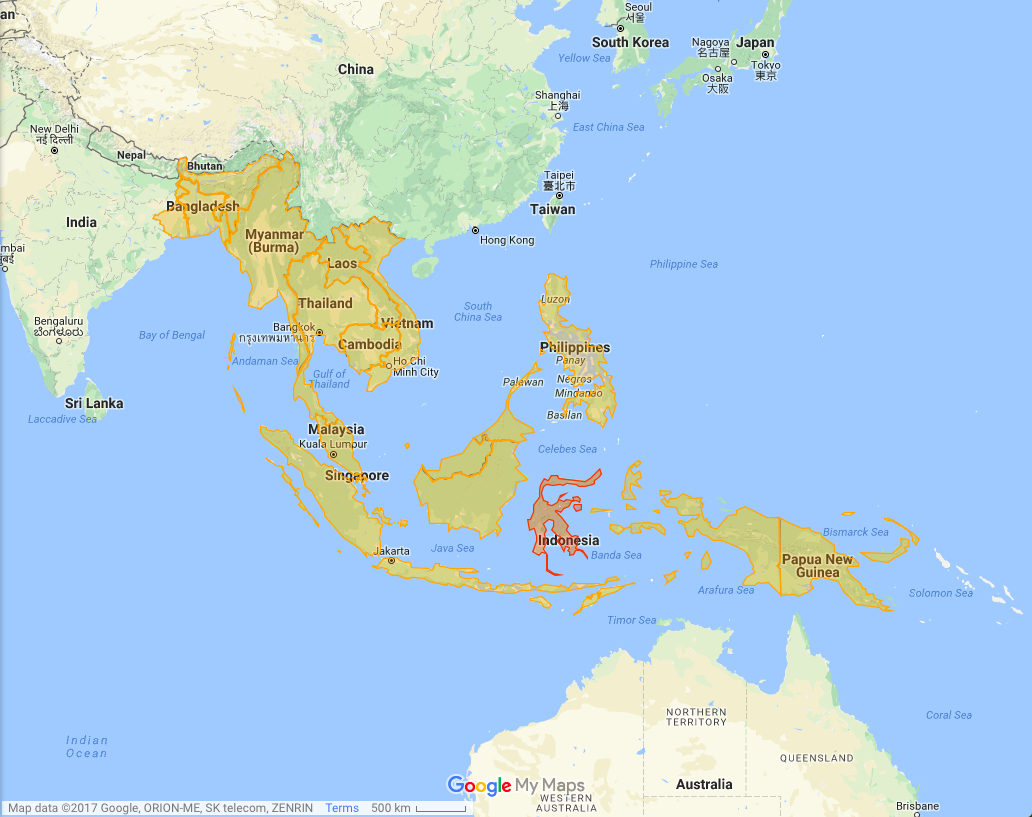
Figure 24. Native distribution of Garcinia celebica (orange area) and Sulawesi island (red area) from which the type specimen was likely collected from (Source: Google Maps, Edited by: Tang Kai Yin).
Why the Large Number of Synonyms?
Rumphius first described the plant in the book Herbarium Amboinense, 1741, under “Mangostana celebica” [1]. Then, along with specimens collected from South East Asia, likely from Sulawesi, Rumphius' description was used as a basis for Linnaeus’ binomial scientific classification in Herbarium Amboinense 7, 1754, giving rise to the name G. celebica L. [23].
However, this same species was subsequently redescribed multiple times under different names across various geographical regions, leading to a large number of synonyms. This is because:
- G. celebica is widely distributed across tropical Asia, causing great morphological variation within the species, thereby making it difficult to delimit [1].
- Early taxonomists (e.g. Linnaeus and Pierre) used poor characters for delimiting potential Garcinia species; either highly variable characters were used or these were inaccurately sampled [1].
Over the years, with more studies on the Garcinia genus, informative characters for accurate delimitation of Garcinia species were established (see Diagnosis). By comparing original descriptions and herbarium specimens, the various synonyms were finally resolved [1].
A Need to Keep Pace
The most common synonym still used today in current literature and databases appears to be Garcinia hombroniana Pierre [1].
In Singapore, databases such as the Biodiversity of Singapore [10] and the National Parks Flora & Fauna Web [5] still refer to the species as G. hombroniana. A name label of a roadside tree in the National University Singapore reflects the same.
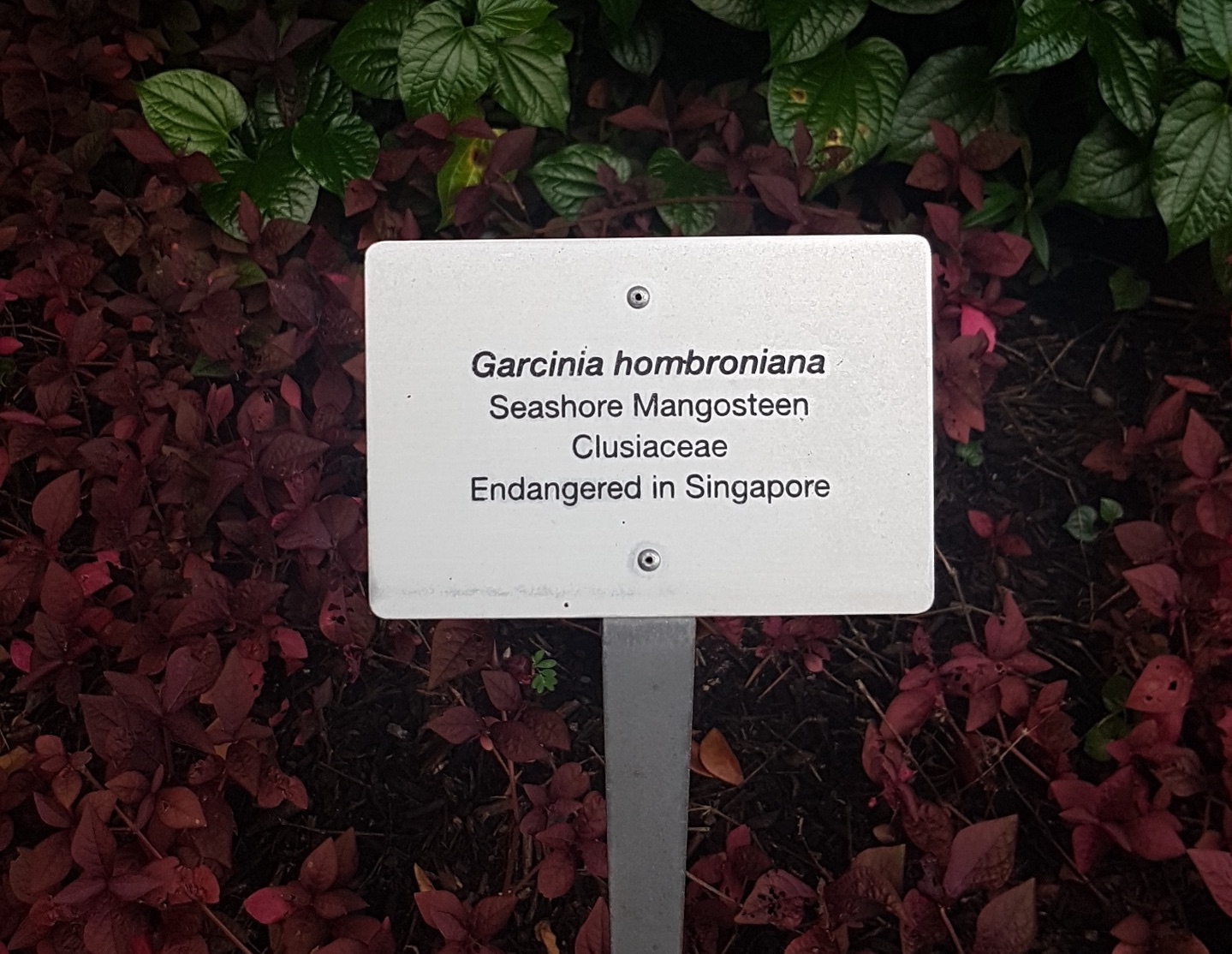
Figure 25. Garcinia celebica referred to as G. hombroniana on a label outside University Hall of National University of Singapore (Source: Tang Kai Yin).
Hence, these should be updated to G. celebica to reflect recent taxonomic reconciliation.
Type Information
Type Material
There is no surviving holotype specimen of G. celebica, only a written description and illustrations of the plant in the book Herbarium Amboinense, 1741, under “Mangostana celebica” by Rumphius [1].
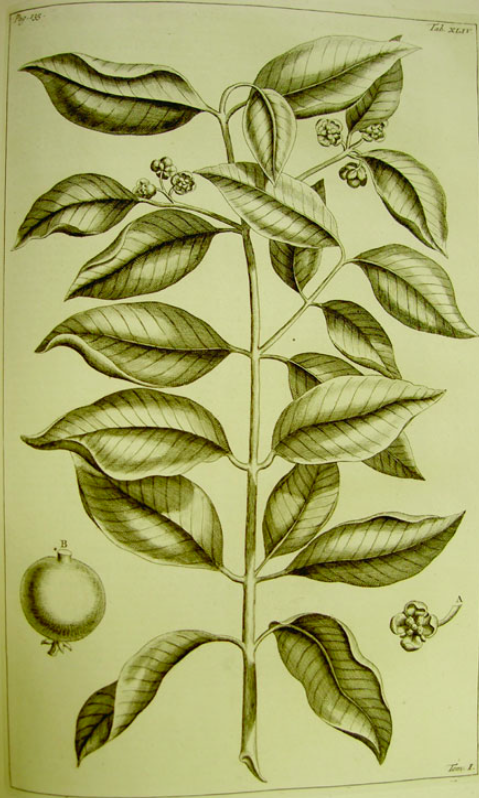
Figure 26. Illustration of Garcinia celebica in the book Herbarium Amboinense by Rumphius, 1741, under "Mangostana celebica" (Source: Nazre, 2010 [1]).
Historical Study
These illustrations were however not based on the original specimen on which Rumphius based his descriptions on. Rumphius became blind, and the illustrations were drawn by his son. By then, the original specimens were already destroyed [1].
Isotype specimens of G. celebica in the Naturalis Biodiversity Centre (Netherlands) were also found to be invalid. However, several type specimens of G. celebica described under its various synonyms that were collected in the 19th century are still present, and these can be found at Museum national d'Histoire naturelle in France [24].
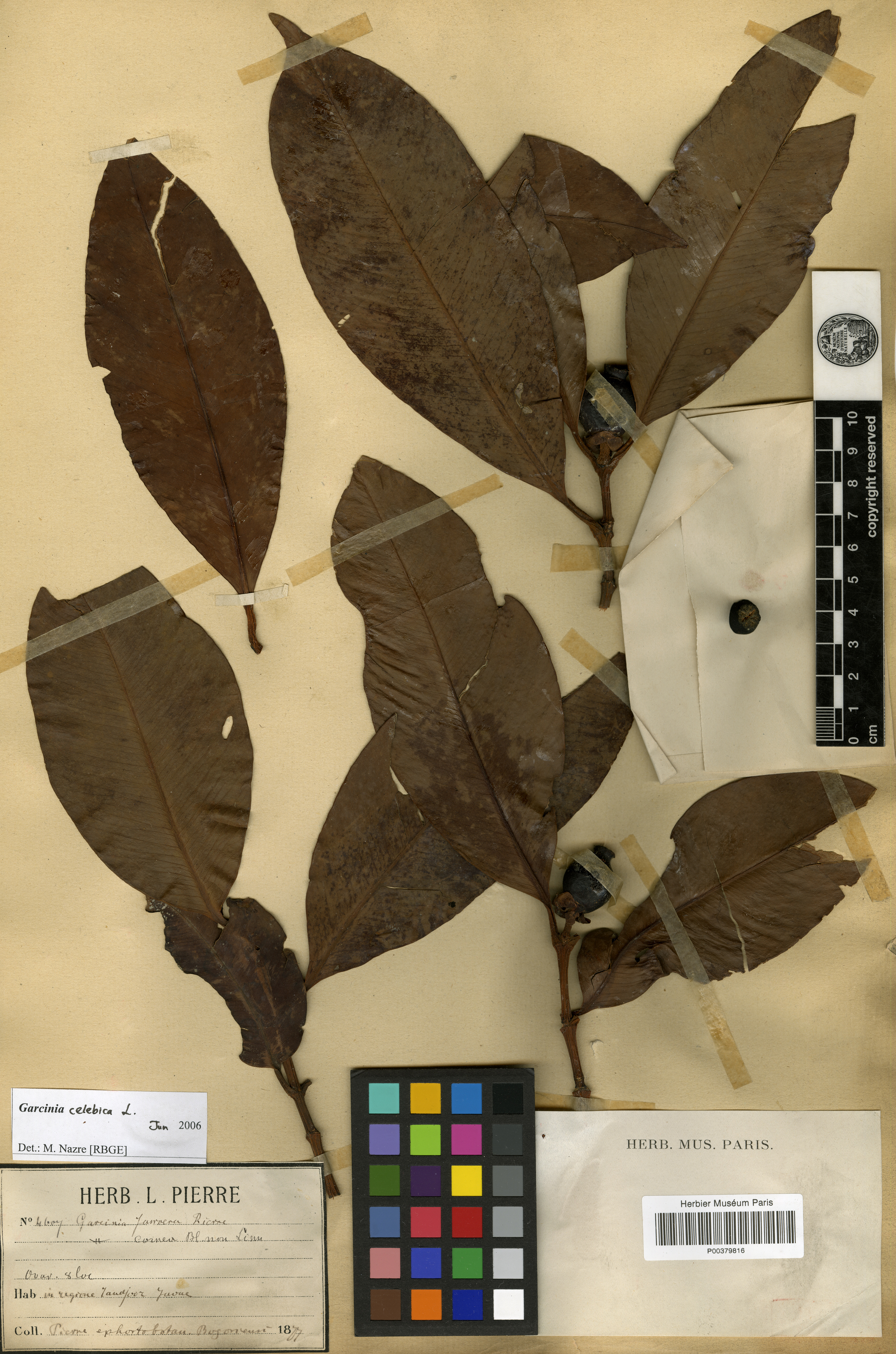
Figure 27. One of the type specimens of Garcinia celebica described under its synonym G. jawoera and collected in 1877 by Pierre that can still be found at Museum national d'Histoire naturelle in France. Its identity as G. celebica was confirmed in 2006 by Nazre (Source: Museum national d'Histoire naturelle; Global Biodiversity Information Facility).
Phylogenetic Position
The Garcinia genus is species rich, consisting of around 260 species [4,25]. The genus can be divided into 14 sections as suggested by Jones: Garcinia, Rheediopsis, Teracentrum, Rheedia, Macrostigma, Tetraphalangium, Tripetalum, Brindonia, Mungotia, Hebradendron, Xanthocymus, Paragarcinia, Discostigma, and Tagmanthera; with Garcinia celebica in the section Garcinia.
Recent molecular and morphological evidence suggests:
- Exclusion of 3 species from the paraphyletic section Garcinia, namely G. maingayi, G. trianii, and G. costata [25].
- Further division of Garcinia section into 4 groups for ease of identification, with Garcinia celebica under Group II [25].
Exclusion of Species from Garcinia Section
Phylogenetic analysis of internal transcribed spacer of nuclear ribosomal DNA (ITS) in 124 accessions and 58 species from the genus Garcinia using Bayesian analysis split part of the Garcinia genus into 9 clades instead of the 8 clades previously proposed by Jones: Garcinia, Rheedia, Macrostigma, Tripetalum, Brindonia, Hebradendron, Paragarcinia, and Discostigma (Figure 28). As posterior probabilities are above 75 for all clade-forming nodes, with most being above 95, the clades are strongly supported.
Section Garcinia was found to be paraphyletic, having species in two clades: A and G. However, closer inspection of their morphology showed that species in clade G lacked the fused 4-lobed stamens present in species of clade A, and had distinct characters such as sout and ribbed leaves that were absent in other species of clade A. Hence, this suggests that species in clade G should be removed from section Garcinia, either under a separate section or be placed under the more closely related section Brindonia, clade F [4].

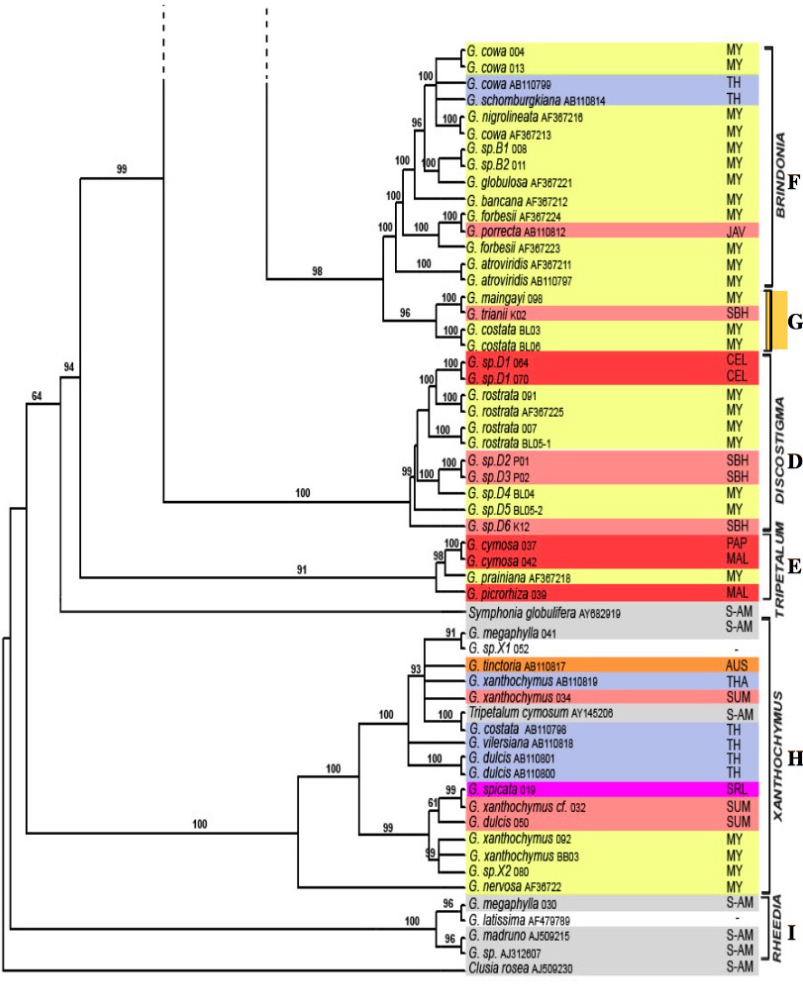
Figure 28. Fifty percent Majority Rule consensus tree resulting from the Bayesian analysis of ITS. Numbers above branches indicate posterior probabilities (shown for values above 60% only). Double lined bars indicate taxa that were placed in section Garcinia sensu Jones (also highlighted vertically in yellow) [26]. Origin of samples collected; CEL=Sulawesi, JAV=Java, KAL=Kalimantan, LAO=Laos, MAL=Maluku, MY=Peninsular Malaysia, NWG=New Guinea, S-AM=South America, SBH=Sabah, SRL=Sri Lanka, SUM=Sumatra, TH=Thailand, Vn=Vietnam; Purple=Sri Lanka, Blue=Indochina & Thailand, Yellow=Peninsular Malaysia, Red=Malay Islands, Orange=Australia, Grey=South America and White=unknown origin. (Source: Nazre, 2006 [4], Edited by: Tang Kai Yin).
Jones previously split the Garcinia genus into 14 sections largely according to features of the male flowers (Figure 29) [4,26].

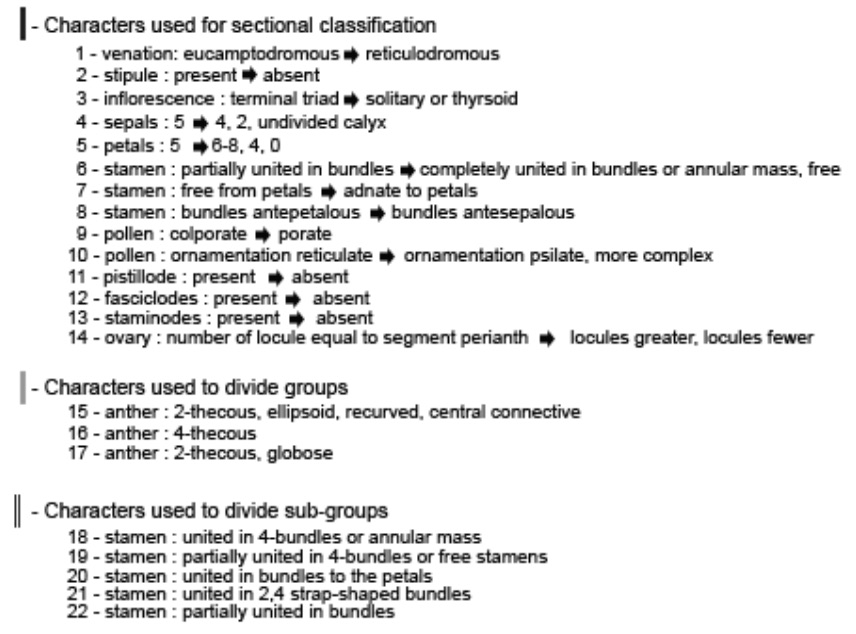
Figure 29. Hypothetical relationships of sections in Garcinia sensu Jones [26]. Tree originally drawn by Jones with some modification by Nazre, showing characters for Jones' artificial groupings and subgroups. Garcinia was firstly divided into informal groups (characters 15-17; double lined bars), then into subgroups (characters 18-22; single lined bars), and finally into sections (characters 1-14). Garcinia celebica is part of the section Garcinia (highlighted in yellow) (Source: Nazre, 2006 [4], Edited by: Tang Kai Yin).
4 Groups under Garcinia section
From the same Bayesian analysis of the ITS sequences, Nazre further split the Garcinia section into four groups to aid in their identification (Figure 30). This was done based on stamen features, thickness of fruit wall, texture of calyx, shape of stigma, and type of secondary venation as well. Garcinia celebica falls under group II: "stamen bundles 4-lobed, open at maturity; fruit wall thick; calyx leathery; stigma lobed and sunken or convex; secondary veins brochidodromus".
Although some group-forming nodes were well supported with posterior probabilities above 95, some were weak at below 50 (posterior probabilities not shown) (Figure 30). Hence, the groups formed may not be significant enough in phylogenetic terms to be given taxonomic names, and more studies need to be done to ascertain whether the groups are natural. That being said, the 4 morphological groups may still be useful in species identification [4].
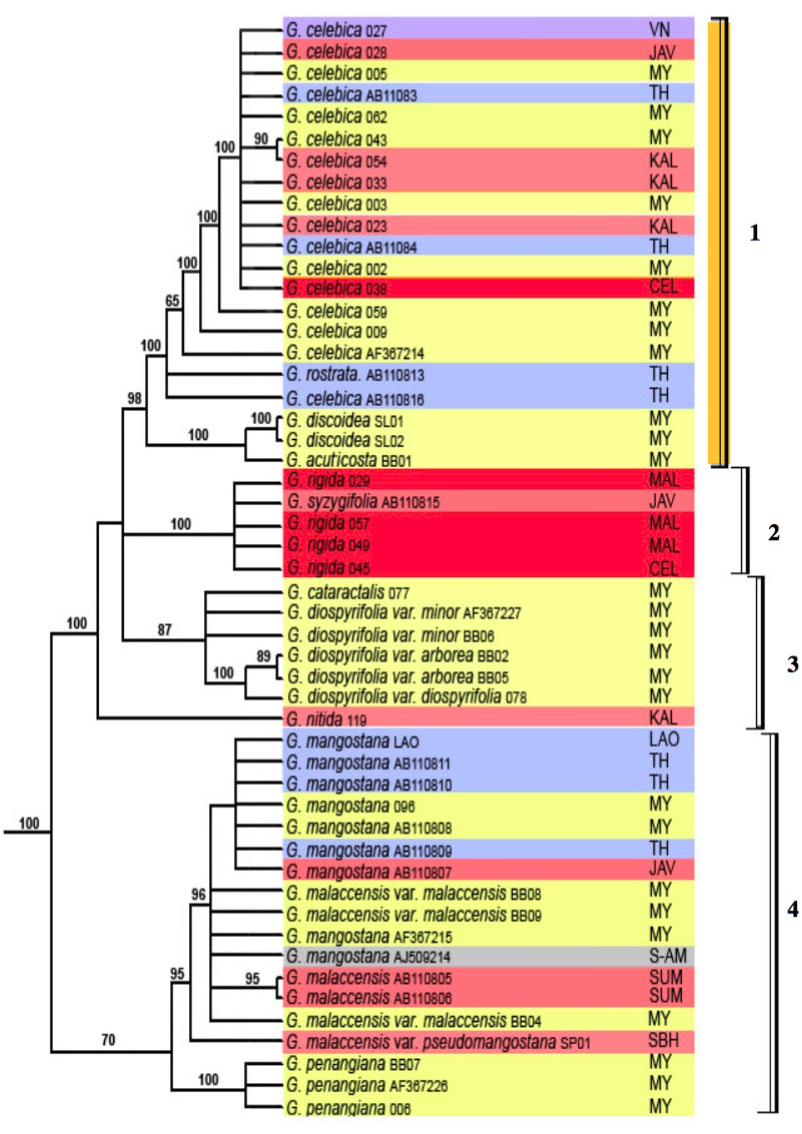
Figure 30. Groups within section Garcinia inferred from Bayesian analysis of ITS. Garcinia celebica is in group 1 (highlighted vertically in yellow). Origin of samples collected; CEL=Sulawesi, JAV=Java, KAL=Kalimantan, LAO=Laos, MAL=Maluku, MY=Peninsular Malaysia, SBH=Sabah, SUM=Sumatra, TH=Thailand and VN=Vietnam. (Source: Nazre, 2006 [4], Edited by: Tang Kai Yin).
References
[1] Nazre, M. (2010). Historical review and notes on the correct scientific name for seashore mangosteen. Genetic Resources and Crop Evolution, 57(8), 1249–1259.
[2] National Parks Board. (2017). Seashore Mangosteen. Retrieved October 9, 2017, from https://www.nparks.gov.sg/gardens-parks-and-nature/heritage-trees/ht-2003-81
[3] Flora & Fauna Web. (2013). Garcinia mangostana. National Parks Board. Retrieved October 9, 2017, from https://florafaunaweb.nparks.gov.sg/special-pages/plant-detail.aspx?id=2927
[4] Nazre, M. S. (2006). Taxonomic Revision and Molecular Studies of Garcinia Section Garcinia (Guttiferae) (Unpublished doctoral dissertation, University of Edinburg, Edinburg, Scotland). Retrieved from http://hdl.handle.net/1842/1958
[5] Flora & Fauna Web. (2013). Garcinia hombroniana Pierre. National Parks Board. Retrieved October 9, 2017, from https://florafaunaweb.nparks.gov.sg/special-pages/plant-detail.aspx?id=3392
[6] Abdulah, R., Suradji, E. W., Subarnas, A., Supratman, U., Sugijanto, M., Diantini, A., ... & Koyama, H. (2017a). Catechin isolated from Garcinia celebica leaves inhibit Plasmodium falciparum growth through the induction of oxidative stress. Pharmacognosy Magazine, 13(Suppl 2), S301.
[7] Abdulah, R., Milanda, T., Sugijanto, M., Barliana, M. I., Diantini, A., Supratman, U., & Subarnas, A. (2017b). Antibacterial Properties of Selected Plants Consumed by Primates Against Escherichia coli and Bacillus subtilis. Southeast Asian Journal of Tropical Medicine and Public Health, 48(1), 109–116.
[8] Subarnas, A., Diantini, A., Abdulah, R., Zuhrotun, A., Nugraha, P. A., Hadisaputri, Y. E., ... & Koyama, H. (2016). Apoptosis-mediated antiproliferative activity of friedolanostane triterpenoid isolated from the leaves of Garcinia celebica against MCF-7 human breast cancer cell lines. Biomedical reports, 4(1), 79-82.
[9] Hassler, M. (2017). World Plants: Synonymic Checklists of the Vascular Plants of the World (version Aug 2017). In Y. Roskov, L. Abucay, T. Orrell, D. Nicolson, N. Bailly, P. M. Kirk, T. Bourgoin, R. E. DeWalt, W. Decock, A. De Wever, E. van Nieukerken, J. Zarucchi & L. Penev (Eds). Species 2000 & ITIS Catalogue of Life, 29th September 2017. Species 2000: Naturalis, Leiden, the Netherlands. Retrieved October 2, 2017, from http://www.catalogueoflife.org/col/details/species/id/583429382c61053f3d49ff4529d1ae24
[10] Ang, W. F. (n.d.). Garcinia hombroniana Pierre. The Biodiversity of Singapore. Retrieved October 2, 2017, from https://www.singapore.biodiversity.online/species/P-Angi-002859
[11] Chua, S. C. & Lum S. (n.d.). Pulau Ubin's Tanjung Chek Jawa A Treasure to Behold. Nature Watch, Nature Society (Singapore). Retrieved October 9, 2017, from http://habitatnews.nus.edu.sg/pub/naturewatch/text/a093a.htm
[12] Tan, R. (2004). Semakau Survey 2005 Preliminary Results Summary. Wild Singapore. Retrieved October 9, 2017, from http://www.wildsingapore.com/projects/survey/semakau/results.html
[13] Sentosa. (2016). Discover Sentosa's Lesser Known Sights with New Network of Walking Trials and Cycling Tracks. Retrieved November 30, 2017, from https://www.sentosa.gov.sg/Portals/0/Documents/PressRoom/20161212_Media-Release_Discover_Sentosa_Lesser_Known_Sights_with_New_Network_of_Walking_Trails_and_Cycling_Tracks.pdf
[14] National Parks Board. (2015). Eco-Link@BKE. Retrieved October 9, 2017, from https://www.nparks.gov.sg/news/2015/11/factsheet-eco-link-at-bke
[15] Khaw, B. W. (2015). Launch of Clean & Green SG50 Mass Tree Planting. https://www.facebook.com/ministerkhawboonwan/ [Facebook update]. Retrieved November 14, 2017, from https://www.facebook.com/ministerkhawboonwan/posts/938750502850837
[16] Kaul, R. B. (1979). Inflorescence architecture and flower sex ratios in Sagittaria brevirostra (Alismataceae). American Journal of Botany, 1062–1066.
[17] Waelti, M. O., Page, P. A., Widmer, A., & Schiestl, F. P. (2009). How to be an attractive male: floral dimorphism and attractiveness to pollinators in a dioecious plant. BMC Evolutionary Biology, 9(1), 190.
[18] Richards, A. J. (1990). Studies in Garcinia, dioecious tropical forest trees: the phenology, pollination biology and fertilization of G. hombroniana Pierre. The Journal of the Linnean Society. Botany. 103, 251–261.
[19] World Conservation Monitoring Centre. (1998). Garcinia kingii. The IUCN Red List of Threatened Species 1998. Retrieved October 9, 2017, from http://www.iucnredlist.org/details/33491/0
[20] Vaughan, V. (2009). New draw for nature lovers at Sentosa. The Straits Times. Retrieved November 30, 2017, from http://wildsingaporenews.blogspot.sg/2009/08/sentosa-nature-discovery-gallery-opens.html#.Wh98LLap1E4
[21] The Plant List. (2013). Garcinia celebica L.. Retrieved October 2, 2017, from http://www.theplantlist.org/tpl1.1/record/kew-2816754
[22] Rodda, M., & Omlor, R. (2013). The taxonomy of oreosparte (Apocynaceae: Asclepiadoideae). Webbia, 68(2), 91–95.
[23] International Plant Names Index. (2005). Plant Name Details Clusiaceae Garcinia celebica L.. Retrieved October 2, 2017, from http://www.ipni.org/ipni/idPlantNameSearch.do?id=169645-1
[24] Global Biodiversity Information Facility. (2017). Garcinia celebica L.. Retrieved October 9, 2017, from https://www.gbif.org/species/8200518
[25] Sosef, M. S., & Dauby, G. (2012). Contribution to the taxonomy of Garcinia (Clusiaceae) in Africa, including two new species from Gabon and a key to the Lower Guinean species. PhytoKeys, (17), 41.
[26] Jones, S. W. (1980). Morphology and major taxonomy of Garcinia (Guttiferae). (Unpublished doctoral dissertation, University of Leicester, Leicester, England). Retrieved from http://hdl.handle.net/2381/35319
Last updated: 16 December 2017